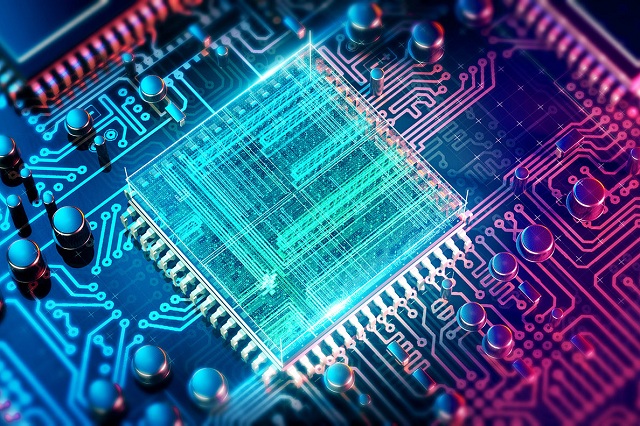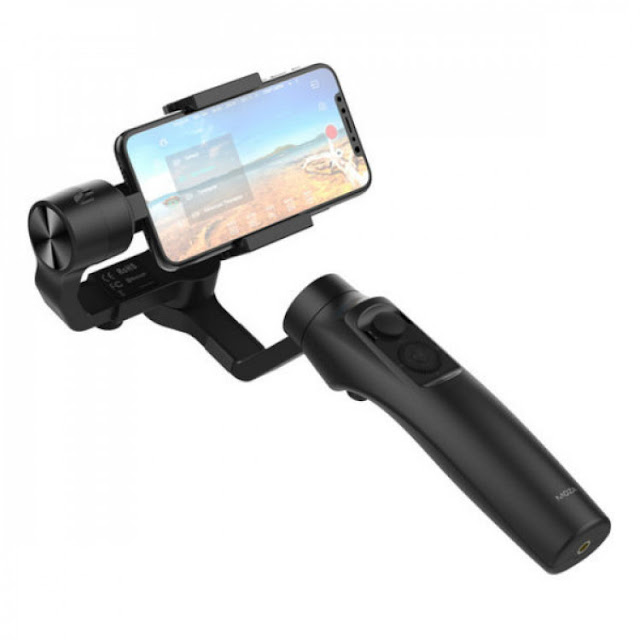The Google Pixel 3 has a lot to offer but are you using it to its full potential? Maybe not? Then here are a few tips and tricks that are sure to improve your Pixel 3 experience. Not only that, you will be able to get more done in a short amount of time with these new tricks.
But before looking at what the Pixel 3 really has in store for you, you need to first ensure that your phone is trick- ready. By that I mean that you need to enable developer mode to get the most out of these tricks. You can do this by going to settings and then scrolling right to the bottom of the screen and tapping “about phone”. From there, go on to tap rapidly the “build number” to enable developer mode.
This may not be a new feature on the Pixel 3 but has to be definitely enabled for you to quick access all your notifications from any screen.
You can enable this feature by going into the settings app and enabling it. Once done you’ll have to swipe down twice, while on any screen, to access all your notifications.
There are ways to get rid of the notch which can be an eye sore for some. The notch on the Pixel is not really worth it as it does not do much and has no tech packed into it. But point to note, no matter what method you adopt you won’t be able to get the display portion on either side of the notch to work.
Besides going into settings and disabling the notch you can even download the Nacho Notch app from the app store to disable it.
You can get to the camera app by simply double clicking the sleep/wake button, when your Pixel 3 is awake or locked. This also allows you save space on your home screen by not needing to have the camera app there. Again you can enable this feature from the settings app by going into system and then gestures.
This feature allows you to switch between front facing and rear cameras by a simple gesture. To enable it all you have to do is go to System in the settings app and then to gestures and enable “Flip camera”.
You can get daily wallpapers on Google Pixel 3. Android offers a lot of options when it comes to wallpapers, even more than what Apple do. You can get wall papers from third party launchers too. It is also possible to get wallpapers on the Google launcher as well, but with maybe a few more steps.
It took the people up at Google a while to get the new Dark mode to our phones, but in the end they came through. So now, in order to protect your eyes from the whiteness of the menu, especially during night, you can enable dark mode by again going into settings.
But before looking at what the Pixel 3 really has in store for you, you need to first ensure that your phone is trick- ready. By that I mean that you need to enable developer mode to get the most out of these tricks. You can do this by going to settings and then scrolling right to the bottom of the screen and tapping “about phone”. From there, go on to tap rapidly the “build number” to enable developer mode.
Accessing Notification Shade on the Pixel 3:
This may not be a new feature on the Pixel 3 but has to be definitely enabled for you to quick access all your notifications from any screen.
You can enable this feature by going into the settings app and enabling it. Once done you’ll have to swipe down twice, while on any screen, to access all your notifications.
Get rid of the Notch on Pixel 3:
There are ways to get rid of the notch which can be an eye sore for some. The notch on the Pixel is not really worth it as it does not do much and has no tech packed into it. But point to note, no matter what method you adopt you won’t be able to get the display portion on either side of the notch to work.
Besides going into settings and disabling the notch you can even download the Nacho Notch app from the app store to disable it.
Quick Launch Camera:
You can get to the camera app by simply double clicking the sleep/wake button, when your Pixel 3 is awake or locked. This also allows you save space on your home screen by not needing to have the camera app there. Again you can enable this feature from the settings app by going into system and then gestures.
Another one in the Camera App:
This feature allows you to switch between front facing and rear cameras by a simple gesture. To enable it all you have to do is go to System in the settings app and then to gestures and enable “Flip camera”.
Getting Daily Wallpapers on the Pixel 3:
You can get daily wallpapers on Google Pixel 3. Android offers a lot of options when it comes to wallpapers, even more than what Apple do. You can get wall papers from third party launchers too. It is also possible to get wallpapers on the Google launcher as well, but with maybe a few more steps.
Enabling Dark Mode on Google Pixel 3:
It took the people up at Google a while to get the new Dark mode to our phones, but in the end they came through. So now, in order to protect your eyes from the whiteness of the menu, especially during night, you can enable dark mode by again going into settings.







